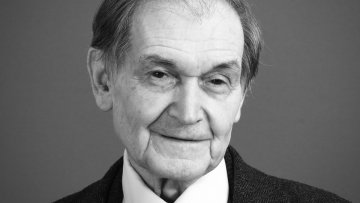14:30
Broadband recursive skeletonization
Abstract
Often in scattering applications it is advantageous to reformulate the problem as an integral equation, discretize, and then solve the resulting linear system using a fast direct solver. The computational cost of this approach is typically dominated by the work needed to compress the coefficient matrix into a rank-structured format. In this talk, we present a novel technique which exploits the bandlimited-nature of solutions to the Helmholtz equation in order to accelerate this procedure in environments where multiple frequencies are of interest.
This talk is based on joint work with Gunnar Martinsson (UT Austin).
-
A link for this talk will be sent to our mailing list a day or two in advance. If you are not on the list and wish to be sent a link, please contact @email.


